Mimulus L.
monkey flower
Phrymaceae
Alternanthera, Bidens, Eclipta, Epilobium, Hypericum, Limnophila, Macbridea, Mentha, Penthorum, Veronica
North America
Mimulus cardinalis Douglas ex. Benth.
M. ringens L.
information not available
not weedy
amphibiousamphibious:
(adj) of a plant able to live on land or in water
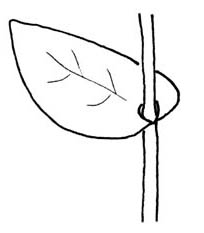 herb, emergentemergent:
herb, emergentemergent:
(adj) (syn. emersed) with parts raised out of the water; extending up out of the water
 or seasonally submergedsubmerged:
or seasonally submergedsubmerged:
(adj) (syn. submersed) under water; submerged below the water surface
 ; some terrestrialterrestrial:
; some terrestrialterrestrial:
(adj) growing on land as opposed to living in water
 species with diverse morphology
species with diverse morphology
Small, ascending to erect, rhizomatousrhizomatous:
(adj) possessing rhizomes
 . Stems creeping to erect, ± branched, glabrousglabrous:
. Stems creeping to erect, ± branched, glabrousglabrous:
(adj) without hairs or scales
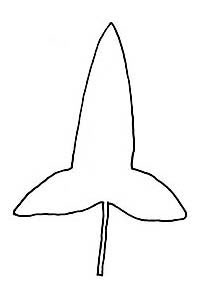 or with sticky hairs. Leaves oppositeopposite:
or with sticky hairs. Leaves oppositeopposite:
(adj) (of leaves) two leaves per node; in pairs on opposite sides of an axis
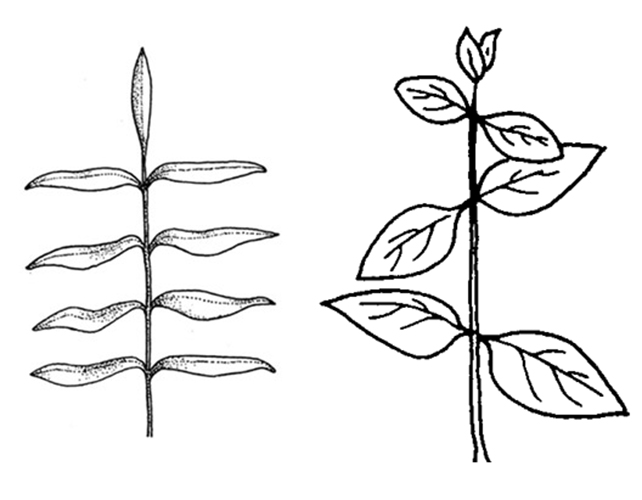 , decussatedecussate:
, decussatedecussate:
(adj) arranged along stem in pairs, with each pair at right angles to the pairs above and below
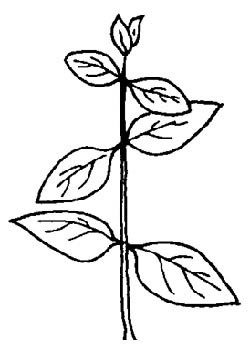 ; sessilesessile:
; sessilesessile:
(adj) attached directly, without a stalk
 or amplexi caulinecauline:
or amplexi caulinecauline:
(adj) pertaining to or belonging to the stem
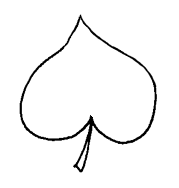 ; leaf bladeblade:
; leaf bladeblade:
(n) (syn. lamina) the flat, expanded part of a leaf, frond, or petal (excluding, e.g., the petiole)
 lanceolatelanceolate:
lanceolatelanceolate:
(adj) lance-shaped; widest point below the middle, tapering to the apex
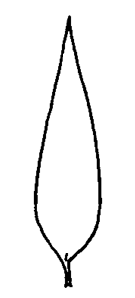 to oblongoblong:
to oblongoblong:
(adj) two to four times longer than wide, with +/- parallel sides
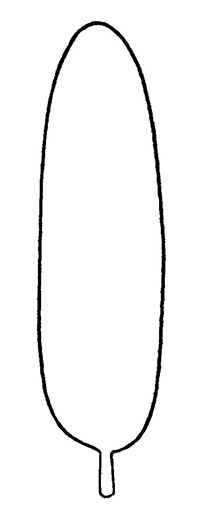 or obovateobovate:
or obovateobovate:
(adj) ovate, with the narrow end at the base
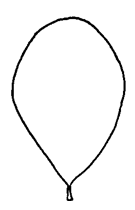 , glabrousglabrous:
, glabrousglabrous:
(adj) without hairs or scales
 to downy; apexapex:
to downy; apexapex:
(n) the point farthest from the point of attachment; the tip (often pointed)
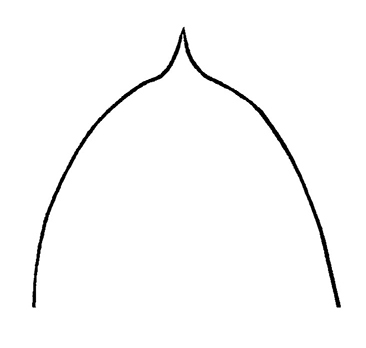 acuteacute:
acuteacute:
(adj) tapering to a sharp, pointed apex with more or less straight sides; broader than acuminate; forming an angle of less than 90 degrees
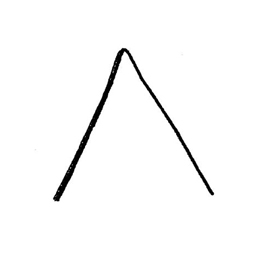 ; base attenuateattenuate:
; base attenuateattenuate:
(adj) narrowing gradually to a point
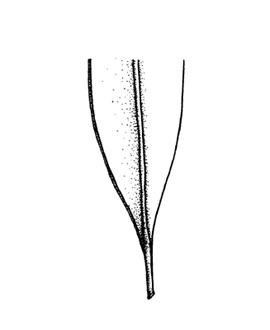 to round; marginmargin:
to round; marginmargin:
(n) edge; rim
 typically serrateserrate:
typically serrateserrate:
(adj) (of a leaf margin) bearing sharp teeth pointing forward or to the apex
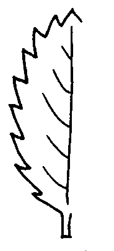 ; venationvenation:
; venationvenation:
(n) the arrangement of veins in a leaf
 pinnate. Flowers solitary in leaf axils; pedicellatepedicellate:
pinnate. Flowers solitary in leaf axils; pedicellatepedicellate:
(adj) borne on a pedicel
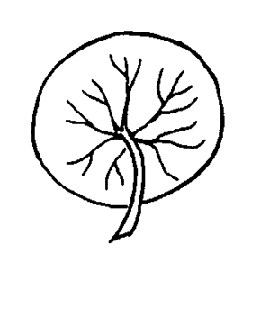 ; typically lavender to blue-violet, orange to red, less often yellow or white; calyxcalyx:
; typically lavender to blue-violet, orange to red, less often yellow or white; calyxcalyx:
(n) the outer whorl of the perianth; all the sepals of a flower
 tube 5-lobed, lobes acuteacute:
tube 5-lobed, lobes acuteacute:
(adj) tapering to a sharp, pointed apex with more or less straight sides; broader than acuminate; forming an angle of less than 90 degrees
 to acuminateacuminate:
to acuminateacuminate:
(adj) tapering gradually to a point and forming more or less concave sides
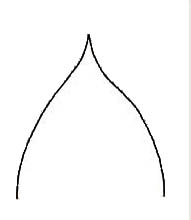 , ± puberulentpuberulent:
, ± puberulentpuberulent:
(adj) minutely pubescent
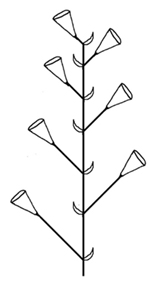 to hairy; corollacorolla:
to hairy; corollacorolla:
(n) the inner whorl(s) of the perianth; all the petals of a flower
 tube 2-lipped, upper lip erect, 2-lobed, sometimes reflexedreflexed:
tube 2-lipped, upper lip erect, 2-lobed, sometimes reflexedreflexed:
(adj) abruptly curved or bent downward
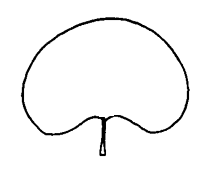 , lower lip 3-lobed, often with 2 pubescentpubescent:
, lower lip 3-lobed, often with 2 pubescentpubescent:
(adj) (1) covered with short, soft hairs; (2) bearing hairs
 ridges, laterallateral:
ridges, laterallateral:
(adj) on or pertaining to the side of an organ or structure
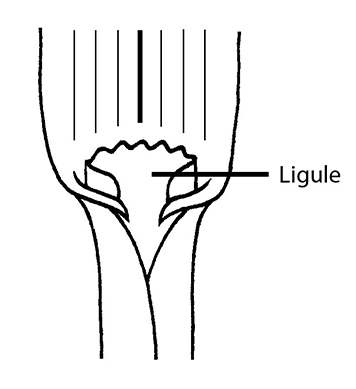 lobes may be strongly reflexedreflexed:
lobes may be strongly reflexedreflexed:
(adj) abruptly curved or bent downward
 ; stamens 4, filaments adnate to corollacorolla:
; stamens 4, filaments adnate to corollacorolla:
(n) the inner whorl(s) of the perianth; all the petals of a flower
 tube; bladeblade:
tube; bladeblade:
(n) (syn. lamina) the flat, expanded part of a leaf, frond, or petal (excluding, e.g., the petiole)
 -lobed, often sensitive.
-lobed, often sensitive.
in moist to wet areas along streams, pond margins, springs, and seepages, in areas prone to occasional flooding or standing water
A genus of over 150 species, with many in wetland and riparianriparian:
(adj) growing by rivers or streams; of, adjacent to, or living on, the banks of a river, lake, pond, etc.
 habitats.
habitats.